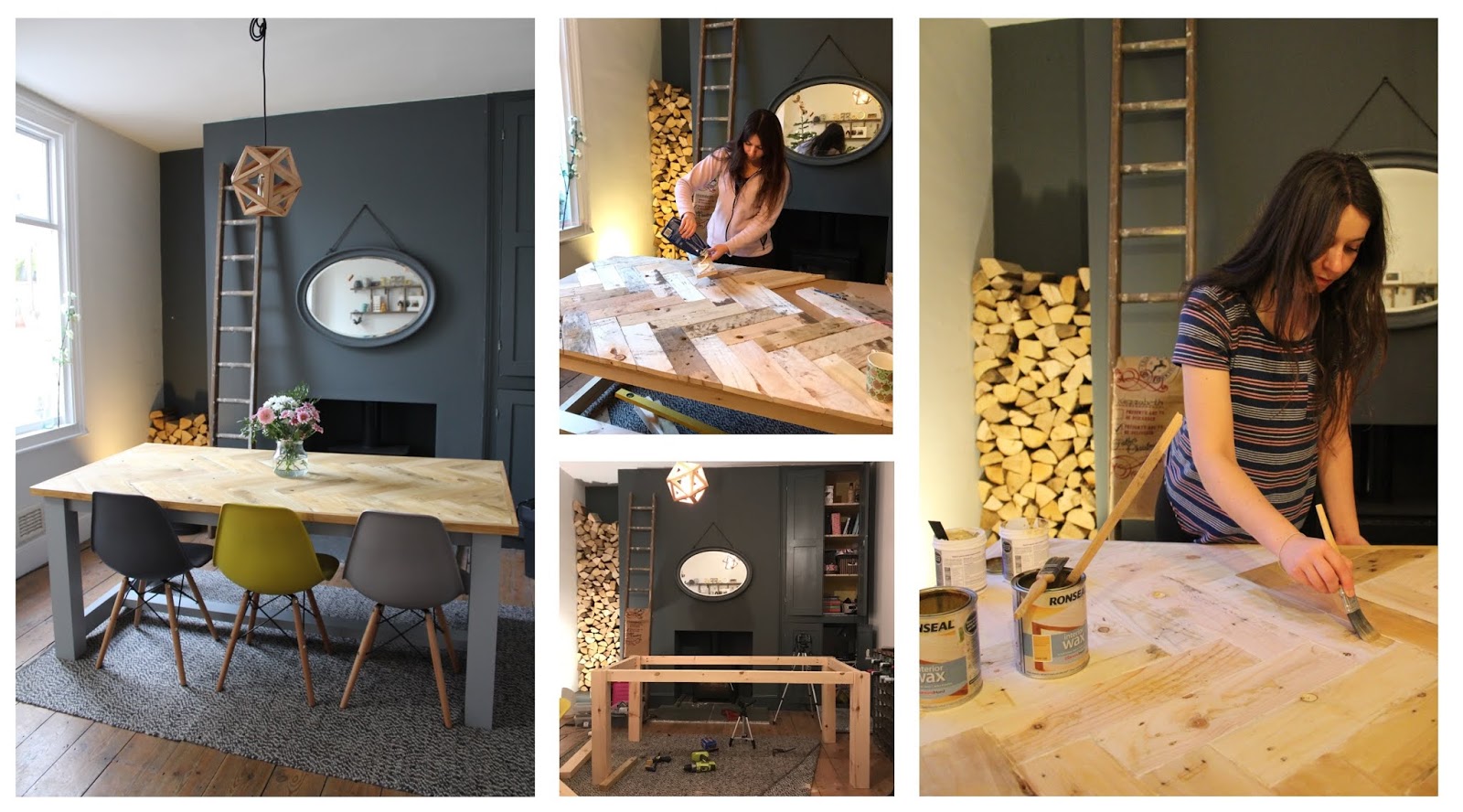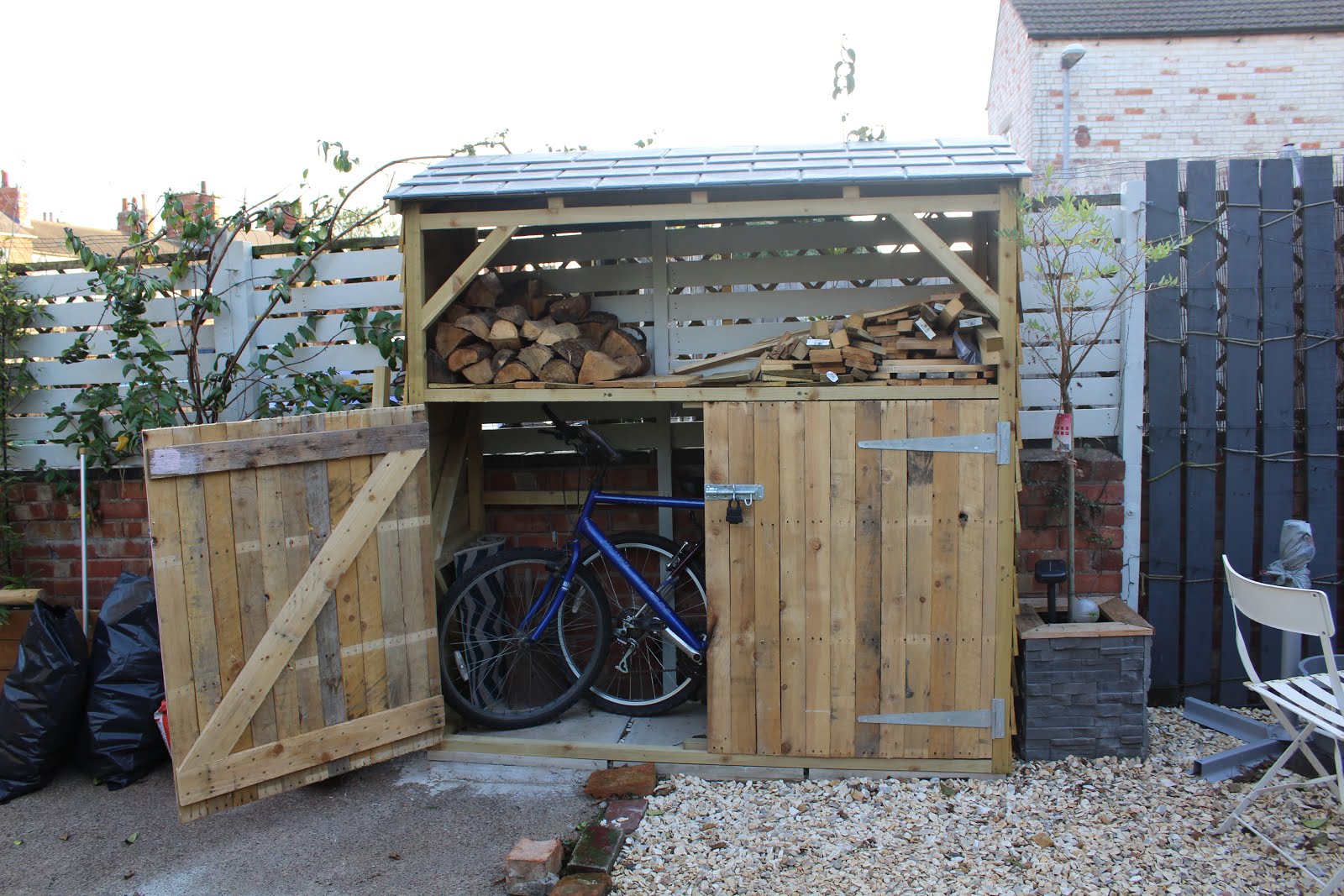Our final job in this room was to reposition the original socket around 1 meter to the right. This sounds slightly silly but the original socket was butted up right against the doorway in a position where quite frankly, you would never use it. Installing it 1 meter to the right is a much more suited location to where we hope to fit a desk in the future.
Total Costs
(rounded to the nearest pound)
New Tools Purchased:
Masonry Chisel Set £25
Materials Used:
Cable Free from previous job
Double Metal Back Boxes (Pack of 10) £5
Single Metal Back Box for (Pack of 10) £4
Drywall Back Box £1
Conduit x2 £2
Grommets £2
Toggle Switch £7
Sockets (Pack of 5) £30
Total: £76







No Comments